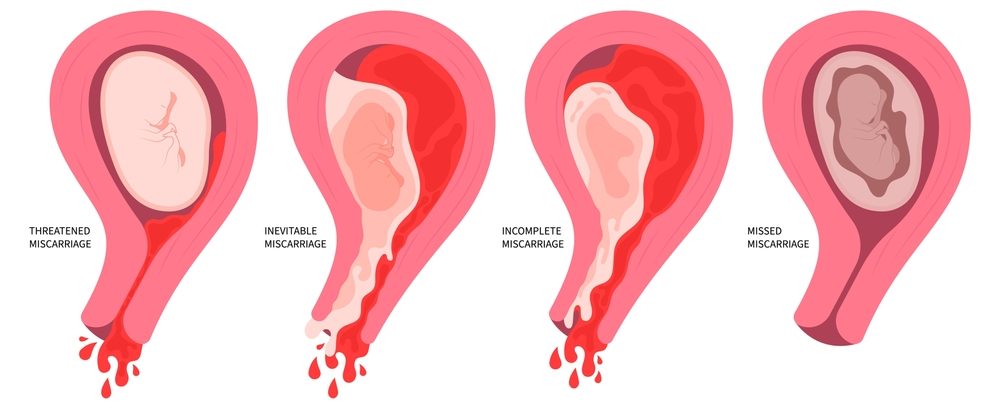Pregnancy is a beautiful phase that comes with a lot of expectations and hopes. Excitement fills the air as mothers eagerly wait to hold their little ones in their arms. However, sometimes things do not go as planned, and pregnancy ends in a miscarriage. But can you have a miscarriage without bleeding ?
Miscarriage is a painful and emotionally devastating experience that no parent wants to go through. Miscarriage blood is one of the signs of pregnancy loss that often raises many questions.
In this blog post, we will provide all the information you need to know about what miscarriage blood looks like.
Variations in Miscarriage Blood: Understanding Factors and Appearance
First, it is essential to understand that each woman’s body is unique and different, and so is her experience of miscarriage blood. The appearance of such bleeding can vary depending on various factors such as the stage of pregnancy, the time of miscarriage, and other health-related issues.

However, generally, miscarriage blood can range from light spotting to heavy bleeding. It may have different colors, from bright red to dark brown, with clots or without.
Recognizing Signs of Miscarriage: Light Spotting to Heavy Bleeding
If you experience light spotting or pinkish discharge that occurs within the first trimester, it could be a sign of implantation bleeding or other harmless conditions. However, if the bleeding becomes more substantial and accompanied by cramping or abdominal pain, you may be experiencing a miscarriage.

Heavy bleeding that lasts hours or days with severe cramps is more likely to occur during a later stage of pregnancy, and it is essential to seek medical attention immediately.
Types of Miscarriages: Understanding the Importance for Blood Expectations
Another important factor to consider is determining the type of miscarriage. There are different types of miscarriages, including complete, incomplete, missed, and threatened miscarriages.

A complete miscarriage means that all the pregnancy tissue has been passed out of the body, while an incomplete miscarriage means that not all of the tissue has passed out.
A missed miscarriage can occur when the fetus has stopped growing, but the body still shows signs of pregnancy, while a threatened miscarriage means some signs of a possible miscarriage but does not necessarily mean pregnancy loss.
Understanding the type of miscarriage can help you have a better idea of what to expect with the blood and seek proper medical attention.
Post Miscarriage Bleeding: Duration and Recovery
After a miscarriage, it is normal to experience bleeding, just as you would with your menstrual period. This bleeding often lasts for a few days to weeks, gradually becoming lighter in flow and color. It is essential to take care of yourself during this period, rest enough, and avoid sex and heavy lifting until your doctor clears you to do so.

Coping with Miscarriage: Remembering You’re Not Alone
It is also crucial to remember that experiencing a miscarriage is not your fault, and you are not alone. Miscarriage is a common occurrence, with up to 25% of pregnancies ending in miscarriage. It is crucial to seek emotional support from loved ones, partners, or a therapist to cope with the pain and grief that comes with the experience.

In conclusion, miscarriage is a painful and emotionally devastating experience for any parent. Understanding what miscarriage blood looks like helps you seek the right medical attention and make informed decisions.
Remember to pay attention to the type of miscarriage, and do not hesitate to seek support from loved ones during this challenging phase. The experience of miscarriage is painful, but it is essential to remember that you are not alone, and you deserve all the care and support you need.


